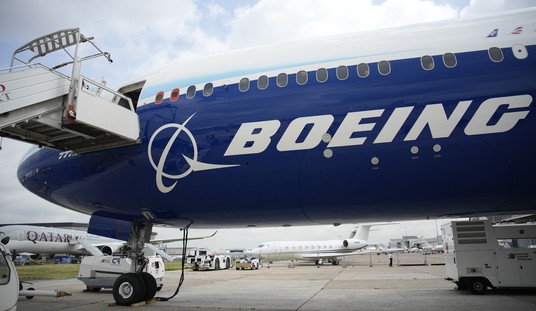People who don’t know much about freedom of the press (or don’t care much about it) often say that the government has a right to regulate the content of broadcast media because "the public owns the airways." If that were true, the government would have a right to censor your personal phone calls and e-mails.

Let’s take this a step at a time. The Radio Act of 1927 and all of its legal descendents to the Federal Communications Commission’s laws and regulations today have one consistent aspect. All these laws allow the government to control what frequencies are issued, who uses them, and at what power level they are used.
The point of these laws is obvious. For radio, and later TV, to be able to function effectively, the stations cannot step on each other’s frequencies.
The Supreme Court last spoke on the subject of censorship of broadcast media in the Red Lion case in 1969. The Court then upheld the Fairness Doctrine, but did so on the basis that the broadcast media were "scarce" compared to the print media.
At that time there were slightly more than 4,000 daily newspapers but about one quarter as many radio and TV stations. Since then those numbers have more than reversed. Daily newspapers have died off to about 2,000 and radio and TV stations now well exceed 10,000. Even the most casual observer should be able to see that the basis for the Supreme Court’s decision in Red Lion has disappeared.
It must be asked, “What makes something public?” when discussing what constitutes the “public airways.” Are roads and highways public – and city sidewalks, as well? Note that the most ardent proponents of media censorship don’t go so far as to claim a right to censor the print media. Yet newspapers deliver their wares by trucks that travel on public highways to boxes that sit on public sidewalks.
Recommended
And thanks to advances in technology, today the vast majority of all communications are, at some point, electronic. Even USA Today, the largest national newspaper, is entirely electronic when it is sent from its headquarters in Virginia to its six printing plants around the nation. Seeing how this means of communications depends so heavily upon the use of public infrastructure, should the government have a say in what USA Today prints on its pages? Or who owns the newspaper?
How about cell phone communications? Some of them contact with satellites in stationary orbit over twenty-two thousand miles above the Earth. But most connect by public airways to surface towers. Likewise, almost all forms of Internet access use public airways to communicate at some point in their routing. Every time phone calls or Internet communications cross into the public airways, they do so on federally assigned frequencies to avoid interference and failures. But they’re still using public airways.
Some arguments in the law fail because when they are thought through, they become not only absurd but dangerous. So it is with the public airways argument. Today, the vast majority of all communications by all 300 million private citizens in the United States utilize the public airways.
Those concerned about what is flying through the public airways could learn a lesson from NASA. It regulates the geosynchronous satellites that carry TV, telephone, and Internet communications - but it only regulates the placement of those billion-dollar satellites and their frequencies. NASA makes no attempt to regulate the content of any of the communications facilitated by those satellites.
The obvious necessity for the government to control technical matters does not justify interfering in content. However, the FCC is making noises about running in that very direction by proposing new broadcast content controls through "diversity" and "localism." Right now, America is experiencing a wave of taxpayer tea parties and it may not be long before we will see citizen uprisings over government threats to censor our airwaves and Internet, as well.
When the First Amendment was written, ink on paper was the only known form of mass communication. But the English language has since recognized that "press" means all forms of mass communications. The courts and certain members of Congress need to catch up to that reality.

























Join the conversation as a VIP Member